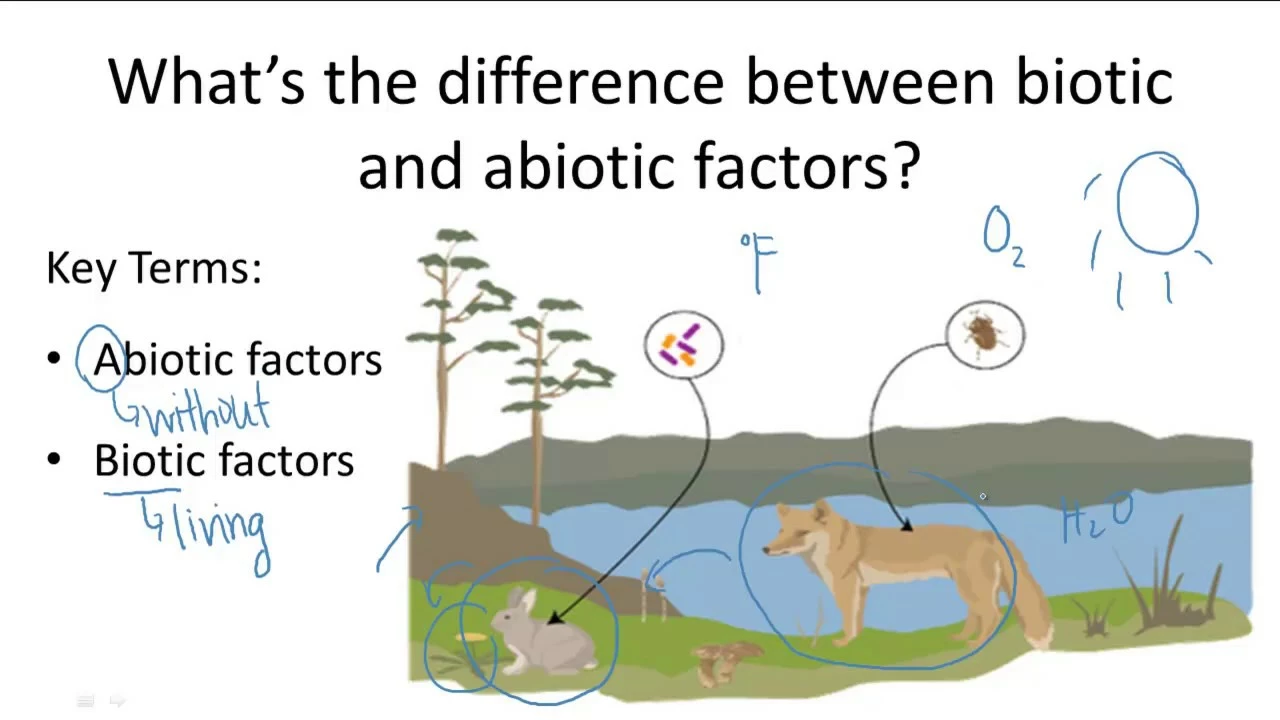Understanding Abiotic Factors
When we think about our environment, it's easy to focus on the living elements, such as plants, animals, and humans. However, we should not forget the non-living or abiotic factors that play an equally significant role in shaping our world. Abiotic factors are the non-living physical and chemical components in an ecosystem that influence the living organisms within it. These factors can include anything from temperature and light to soil composition and precipitation. In this section, we will delve deeper into the concept of abiotic factors and how they impact our environment.
Climate and Weather as Abiotic Factors
The climate and weather conditions of an area greatly affect the types of organisms that can survive there. For instance, the temperature, humidity, wind speed, and amount of sunlight received are all critical elements that determine the type of life that can thrive in a particular region. Plants and animals have adapted to live in different climates, from the hot and dry conditions of deserts to the cold, harsh environments of polar regions. For example, cacti have adapted to survive in desert conditions by storing water in their stems and having spines instead of leaves to reduce water loss. Moreover, weather phenomena like storms or draughts can result in significant changes in the living conditions of organisms, sometimes leading to migration or extinction.
Water and Soil Composition: Critical Abiotic Factors
Water is the primary source of life, and its availability can greatly influence the types of organisms that can live in a particular environment. For instance, aquatic animals require a water environment to survive, while certain plants, known as hydrophytes, have adapted to grow in water or in very damp conditions. On the other hand, the soil composition, including its pH level, nutrient content, and type (sand, clay, or loam), can influence the types of plants that can grow in an area. For example, some plants prefer acidic soil, while others prefer alkaline soil. The soil's nutrient content also dictates the richness of plant life in an ecosystem.
Light and Atmospheric Gases as Abiotic Factors
Light, specifically sunlight, is another critical abiotic factor. It provides energy for photosynthesis, the process through which plants produce food. The intensity, duration, and wavelength of light can influence an organism's growth and development. For example, many plants need a certain amount of sunlight each day to grow properly, and some animals adapt their behaviors based on the amount of daylight. Similarly, atmospheric gases, including oxygen, carbon dioxide, and nitrogen, play a significant role in the survival of organisms. Oxygen is essential for animals' respiration, while plants need carbon dioxide for photosynthesis. Nitrogen is a critical component of proteins and is essential for plant growth.
Understanding the Impact of Abiotic Factors on Biodiversity
Understanding abiotic factors is crucial to grasp the complexity and diversity of life on Earth. These non-living elements not only determine the types of organisms that can live in a particular environment but also influence their behavior, growth, and development. Changes in abiotic factors can lead to significant shifts in an ecosystem, affecting biodiversity. For example, global warming, an abiotic factor, is causing shifts in temperature and precipitation patterns, impacting the distribution and behavior of various species. By understanding and monitoring these factors, we can take steps to protect and preserve our planet's biodiversity.

Write a comment